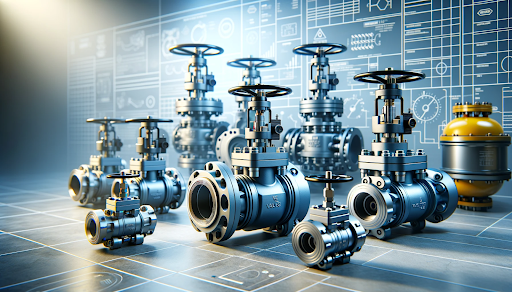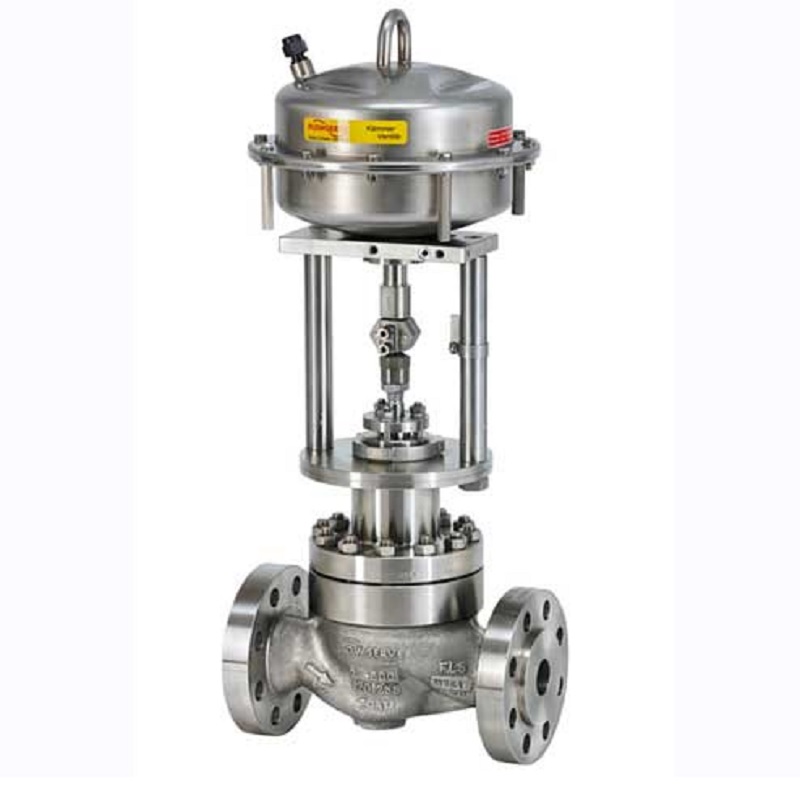
Maximize Energy Cost Savings and Convenience With Advanced Building Automation Controls
In the world of contemporary design and facility monitoring, the integration of sophisticated building automation regulates stands as a crucial development. The merging of modern technology and sustainability has birthed a new period where energy effectiveness, convenience optimization, and functional streamlining are no longer remote ambitions however attainable facts. By using the power of automation, buildings can adapt, respond, and advance in means that were as soon as unbelievable. The potential for substantial energy financial savings and boosted convenience is not simply a possibility however a promise waiting to be met. This paradigm change in structure administration holds the key to unlocking a world where environmental conscientiousness and occupant health harmoniously exist together within the wall surfaces of our frameworks.
Energy Efficiency Benefits
Power efficiency advantages can substantially minimize power intake and operational costs in structures. By executing energy-efficient practices and technologies, building proprietors and drivers can achieve considerable savings while also adding to environmental sustainability. Among the main advantages of improving energy performance in structures is the reduction of utility bills. Energy-efficient systems, such as advanced building automation controls, can maximize using sources like cooling, home heating, and illumination, resulting in reduced power expenditures with time.
Moreover, boosted energy effectiveness can lengthen the life expectancy of building equipment and systems. By running much more efficiently, cooling and heating systems, lighting fixture, and various other building parts experience less deterioration, causing minimized maintenance and replacement expenses. In addition, energy-efficient structures often command higher property values and rental rates, providing lasting financial advantages to owners.
Moreover, energy performance can improve occupant convenience and performance. Effectively managed interior environments with ideal illumination and thermal problems create an even more enjoyable and helpful work space, causing boosted worker contentment and efficiency. Overall, the power performance benefits connected with advanced building automation controls are multifaceted, including expense financial savings, environmental stewardship, and occupant well-being.
Improved Comfort Control
Enhancing convenience control in building settings requires an advanced integration of advanced automation systems for optimal resident health. By using innovative structure automation controls, centers can customize the indoor setting to fulfill the certain requirements and choices of passengers. control valves.
By incorporating these innovative controls, structures can not only boost convenience however also improve energy efficiency by maximizing system operations based on real tenancy and use patterns. Eventually, prioritizing occupant comfort via innovative automation systems leads to a more satisfying and much healthier indoor setting.
Functional Effectiveness Improvements

Furthermore, the execution of real-time monitoring and analytics devices makes it possible for building operators to recognize power inadequacies and functional visit this site right here abnormalities without delay. By constantly checking power usage patterns and system performance metrics, modifications can be made in real-time to enhance energy consumption and make sure peak operational effectiveness. control valves. Furthermore, including need my sources response methods right into building automation controls can additionally boost functional performance by dynamically adjusting energy usage based on grid problems and pricing signals
Indoor Environment Optimization
Reliable indoor environment optimization is a basic element of structure automation controls, guaranteeing occupants' comfort and wellness while making the most of power cost savings. By using innovative sensors and controls, building automation systems can continuously keep an eye on and readjust temperature level, moisture degrees, air high quality, and ventilation to develop an optimum indoor environment. Maintaining constant and comfy conditions not only enhances occupant satisfaction however additionally increases performance and total health.
Interior environment optimization likewise plays an important role in energy effectiveness. By fine-tuning home heating, ventilation, and cooling systems based on real-time information and occupancy patterns, constructing automation controls can significantly reduce power usage - control valves. For example, applying techniques such as demand-controlled air flow and thermal zoning can aid reduce power waste while ensuring that each area of the structure gets the needed conditioning.

Lasting Setting Production
Building automation regulates not just optimize interior environment conditions for energy effectiveness and passenger comfort but additionally lay the foundation for developing a lasting environment through try these out tactical administration of resources and systems. By integrating innovative structure automation innovations, such as sensing units, actuators, and intelligent software program, facilities can keep track of and change energy usage in real-time to reduce waste and decrease their carbon footprint. These systems make it possible for predictive maintenance, identifying possible problems prior to they intensify and enhancing devices efficiency to improve durability and efficiency.
Furthermore, sustainable setting creation expands beyond energy administration to include water conservation, waste reduction, and interior air quality renovation. Structure automation controls can manage water use, identify leakages, and make certain appropriate garbage disposal techniques, adding to overall sustainability efforts. In addition, by regulating and keeping an eye on ventilation and filtration systems, these technologies improve owner health and efficiency while decreasing power consumption linked with HVAC operations.
Final Thought
Finally, advanced building automation regulates deal substantial benefits in terms of energy savings, convenience control, operational effectiveness, indoor climate optimization, and creating a sustainable setting. By applying these controls, structures can attain ideal efficiency while reducing power intake and boosting resident comfort. It appears that the usage of innovative automation modern technology is crucial in enhancing building efficiency and developing an extra lasting future.
Power efficiency benefits can significantly decrease energy usage and operational expenses in buildings. On the whole, the energy performance benefits connected with innovative structure automation controls are multifaceted, incorporating cost financial savings, environmental stewardship, and owner wellness.
In addition, including need action methods into structure automation controls can further enhance functional effectiveness by dynamically readjusting power use based on grid conditions and rates signals.
Building automation regulates not just enhance indoor climate problems for energy performance and owner convenience but also lay the structure for creating a lasting atmosphere through calculated management of systems and resources.In conclusion, progressed structure automation controls offer considerable advantages in terms of energy savings, comfort control, functional efficiency, interior environment optimization, and producing a sustainable environment.